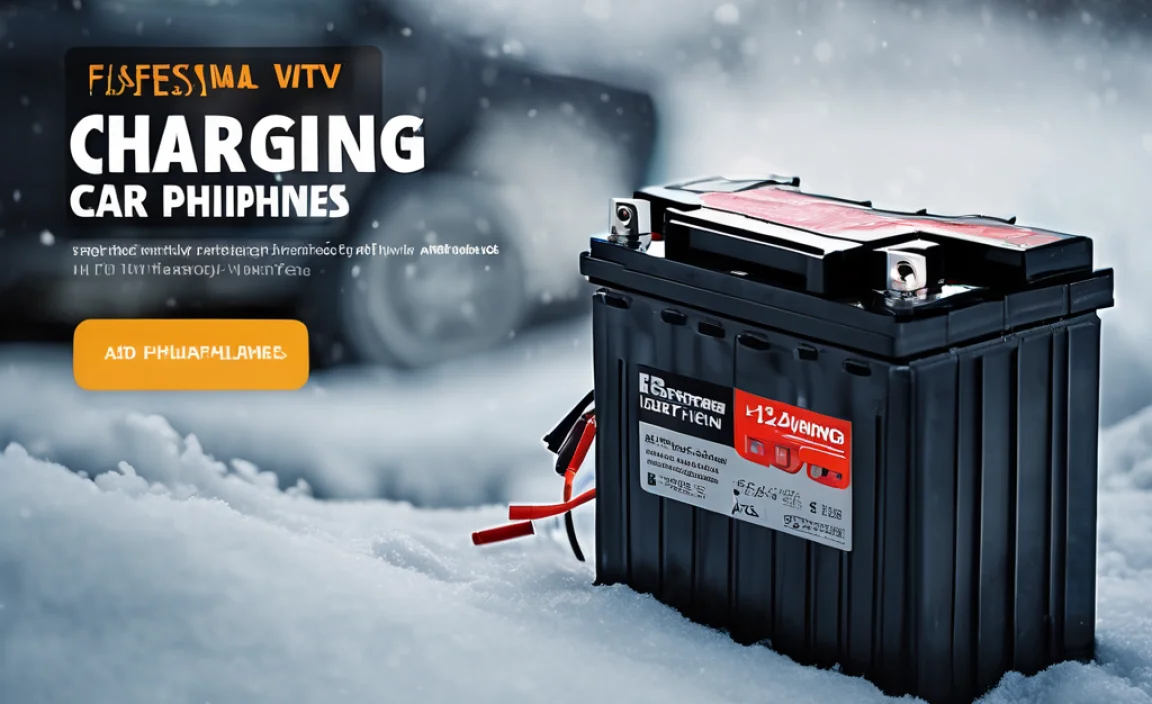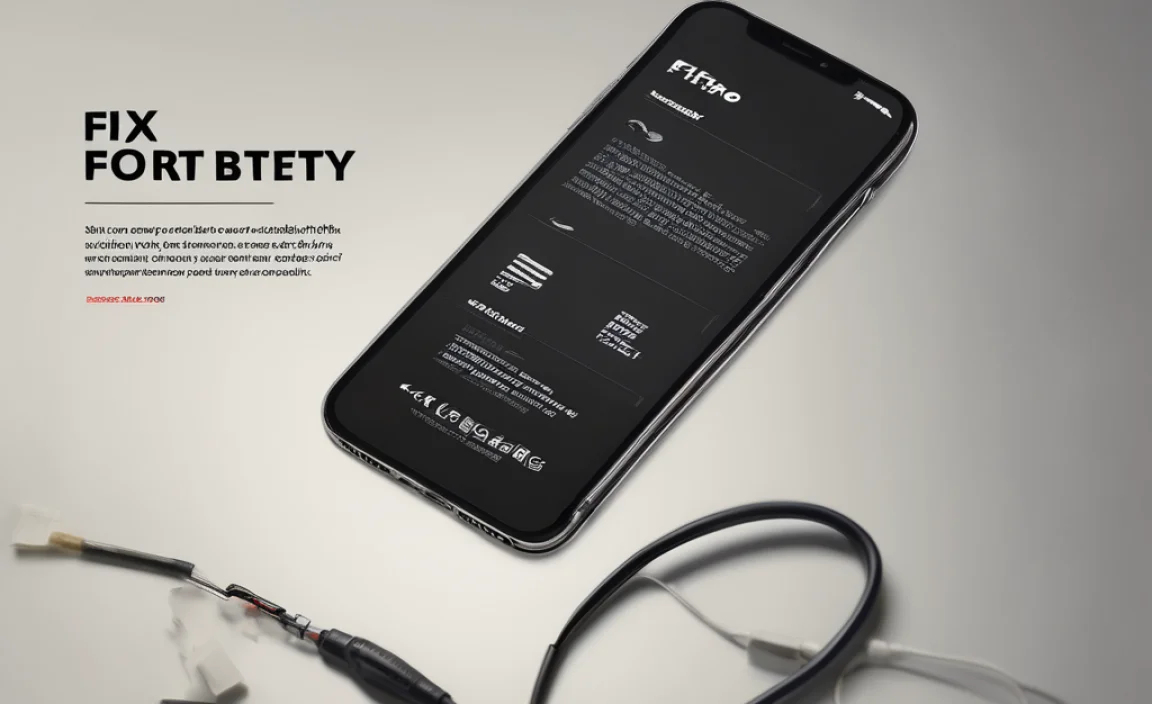Tire Adapters: Get the Best Fit for Your Wheels
Tire adapters for tires are ingenious devices that bridge the gap between different wheel bolt patterns and vehicle hubs, enabling you to mount wheels that wouldn’t otherwise be compatible. Whether you’re dreaming of a unique aesthetic, seeking improved performance, or trying to salvage a great deal on a set of aftermarket rims, these adapters are often the key to unlocking your automotive customization potential. Understanding their purpose, types, and crucial considerations is essential for a safe and successful wheel upgrade.
The primary function of a tire adapter is to alter the bolt circle diameter (BCD) or the hub bore of your vehicle to match the specifications of a different wheel. Imagine you’ve found the perfect set of vintage alloy wheels with a 4×100 bolt pattern, but your modern car sports a 5×114.3. Without an adapter, these wheels are simply incompatible. A 4×100 to 5×114.3 adapter would have one set of studs/holes designed to fit your car’s existing hub, and another set of studs/holes (or a different bolt pattern) to accept the aftermarket wheel.
Understanding the Different Types of Tire Adapters
The world of tire adapters can broadly be categorized into two main types, distinguished by their design and how they attach to the vehicle and wheel:
Bolt-On Adapters: These are the most common and generally preferred type. They bolt directly to your existing wheel hub using your vehicle’s original studs. The adapter then has its own set of studs that the new wheel bolts onto. Bolt-on adapters are typically thicker and provide a more secure and stable connection. They are an excellent choice when you need to significantly change the bolt pattern or when you want to push your wheels out slightly for a more aggressive stance (sometimes referred to as wheel spacers, though true wheel spacers often don’t change the bolt pattern).
Hub-Centric Adapters (or Spigot Rings): While not strictly “adapters” in the sense of changing bolt patterns, hub-centric rings are crucial for ensuring proper wheel fitment when the wheel’s center bore diameter differs from your vehicle’s hub diameter. If a wheel’s center bore is larger than your hub, it can lead to vibrations at speed and uneven tire wear. Hub-centric rings fill this gap perfectly, ensuring the wheel is centered on the hub for a smooth and safe ride. These are often used in conjunction with adapters that do change the bolt pattern.
Key Considerations When Choosing Adapters for Tires
The decision to use adapters for tires isn’t one to be taken lightly. Several critical factors must be carefully considered to ensure safety, legality, and optimal performance:
Bolt Pattern Compatibility: This is the most fundamental requirement. You need to accurately measure or identify the bolt pattern of both your vehicle’s hub and the wheels you intend to use. The bolt pattern is expressed as the number of studs followed by the diameter of the circle on which the studs are mounted (e.g., 5×100, 5×114.3, 4×100).
Offset and Backspacing: Adapters will inevitably alter your wheel’s effective offset. This can dramatically affect how your wheels sit in the wheel wells and can influence steering geometry and fender clearance. Incorrect offset can lead to rubbing, excessive stress on suspension components, and even steering wheel shimmy. It’s crucial to calculate the new offset after installing adapters and ensure sufficient clearance for suspension, brakes, and fenders, especially during turns and when the suspension is compressed.
Material and Construction: High-quality adapters are typically made from durable materials like forged aluminum or T6 aluminum. Forged aluminum is generally stronger and more resistant to cracking than cast aluminum. Look for adapters that are precision-machined for a perfect fit and have robust studs and lug nuts. The grade of the studs is also important; higher grades indicate greater tensile strength.
Hub Bore Diameter: As mentioned with hub-centric rings, ensuring the hub bore dimensions match is vital. If your adapter has a larger hub bore than your vehicle’s hub, you’ll need a hub-centric ring to properly center the wheel. Conversely, if the wheel’s hub bore is smaller than your vehicle’s hub, an adapter that corrects this is necessary.
Brake Clearance: This is an often-overlooked but critically important aspect. Some adapters are thicker than others. A thicker adapter might interfere with your brake calipers or rotors, especially if you have aftermarket big brake kits. Always ensure there’s ample clearance between the adapter and all brake components.
Legality and Regulations: In many regions, there are regulations regarding wheel modifications, including the use of adapters. Exceeding certain widths, improper fitment, or modifications that compromise safety can lead to your vehicle failing inspection or even being deemed unsafe for road use. Research local laws before proceeding.
* Quality and Manufacturer Reputation: Opt for adapters from reputable manufacturers known for their quality and safety standards. Cheap, poorly manufactured adapters can be a significant safety hazard, potentially leading to wheel separation. Read reviews and understand the warranty offered.
The Installation Process: A Word of Caution
While installing adapters for tires can seem straightforward, it requires precision and adherence to proper torque specifications. Incorrect installation can lead to serious problems. It’s often recommended to have adapters installed by a professional mechanic who has the correct tools and experience. They will ensure all bolts are torqued to the manufacturer’s specifications, both for the adapter-to-hub connection and the wheel-to-adapter connection.
In conclusion, adapters for tires are invaluable tools for automotive enthusiasts looking to customize their vehicles. They open up a world of wheel choices, allowing for unique aesthetics and performance enhancements. However, their use demands careful planning, thorough research, and meticulous attention to detail. By understanding the different types of adapters, their implications on fitment and clearance, and by prioritizing quality and safety, you can successfully get the best fit for your wheels and enjoy your customized ride with confidence.


